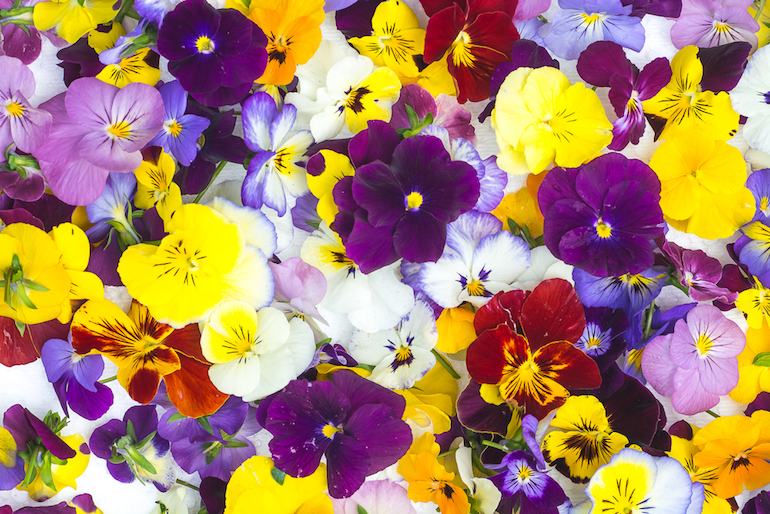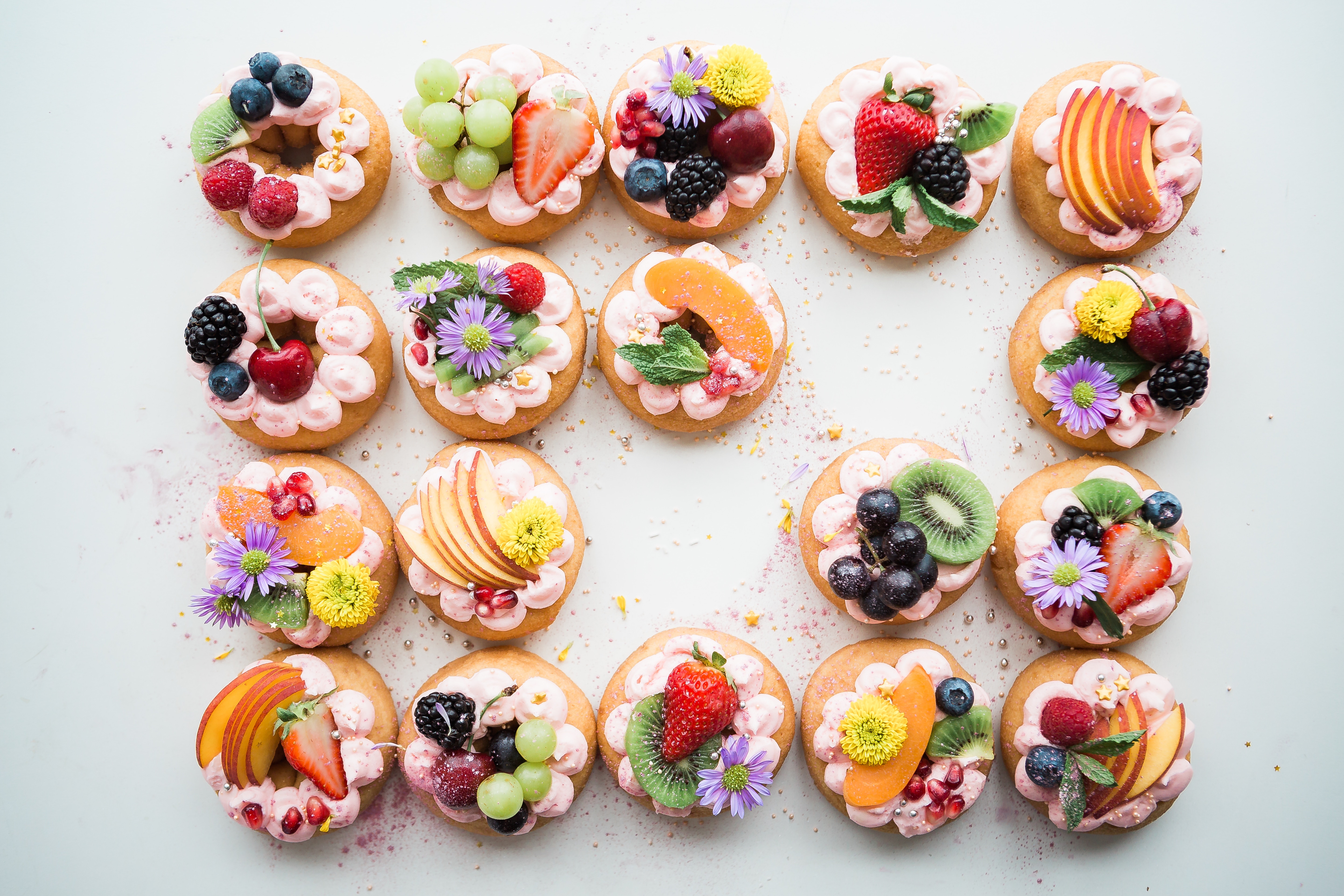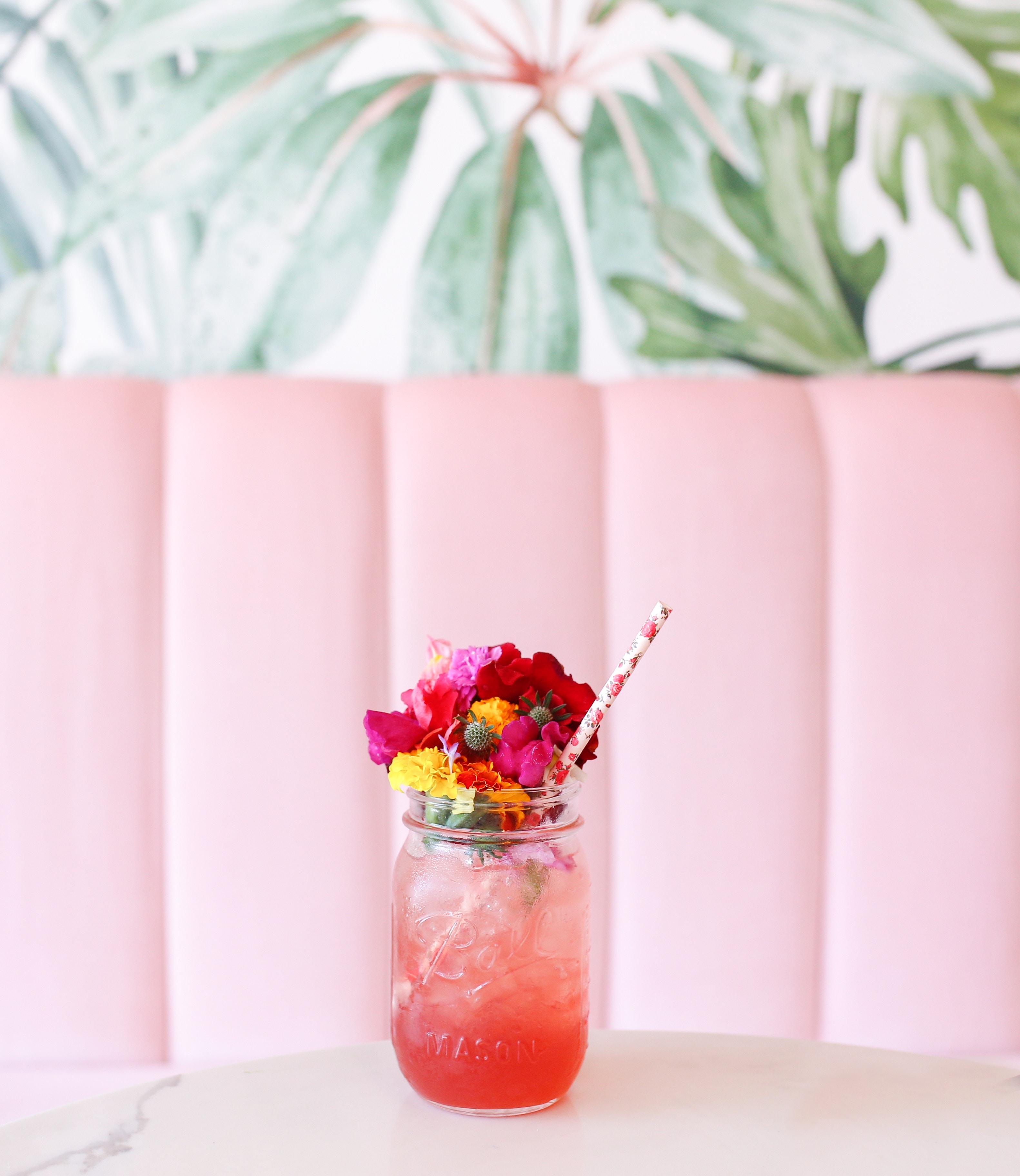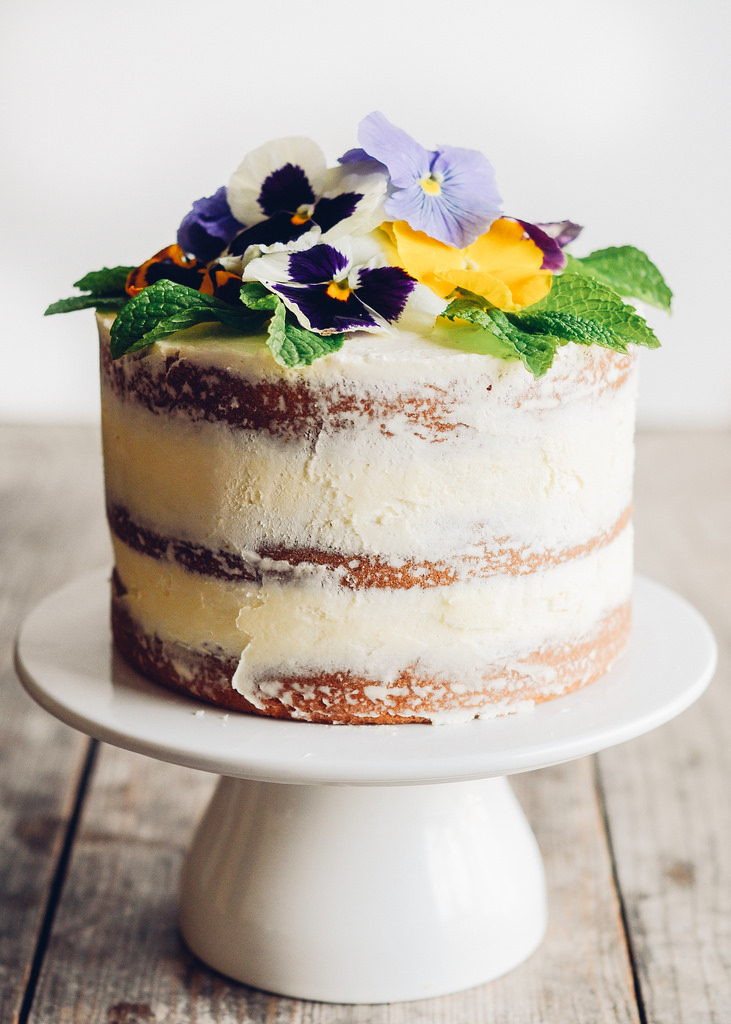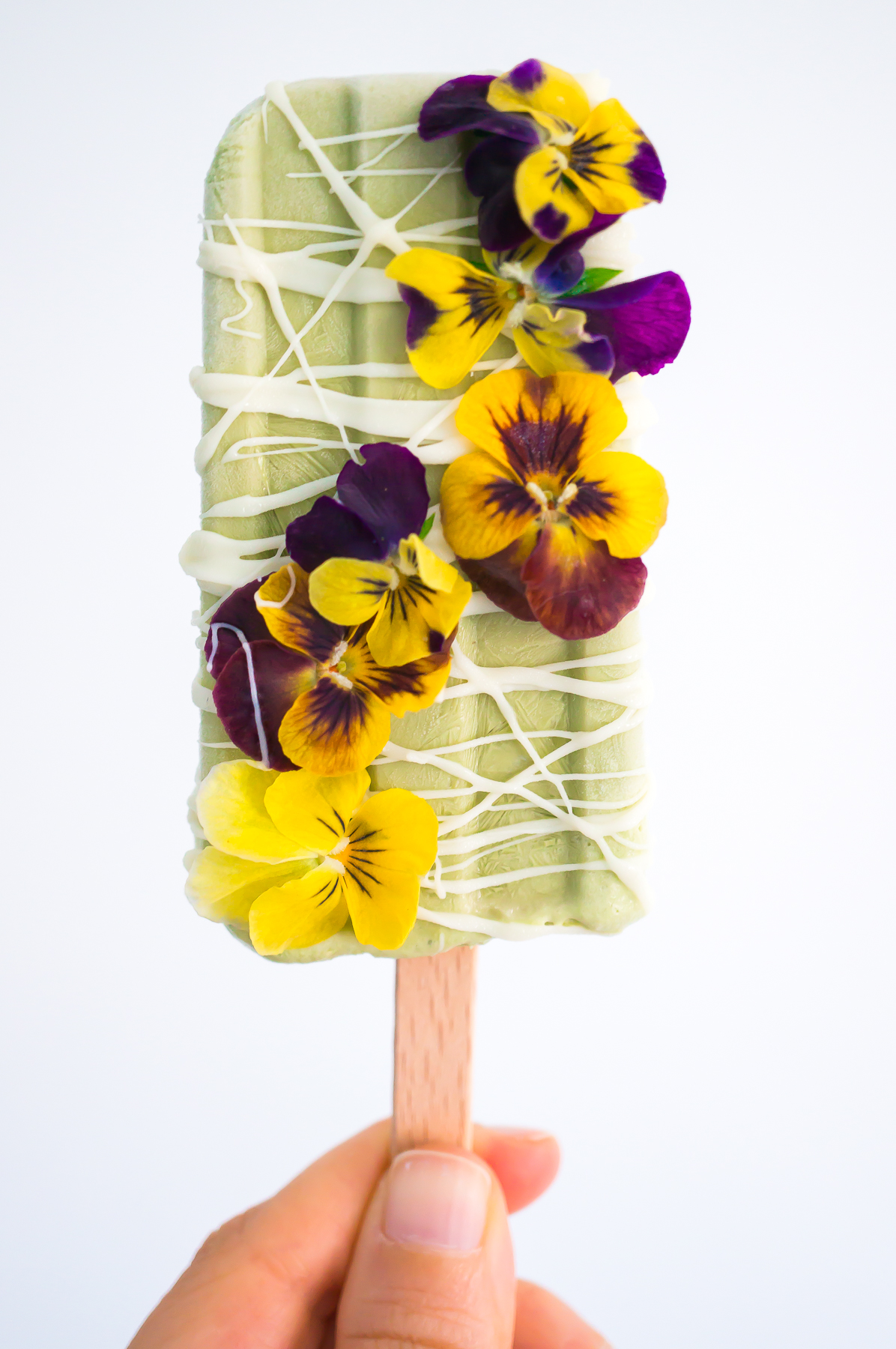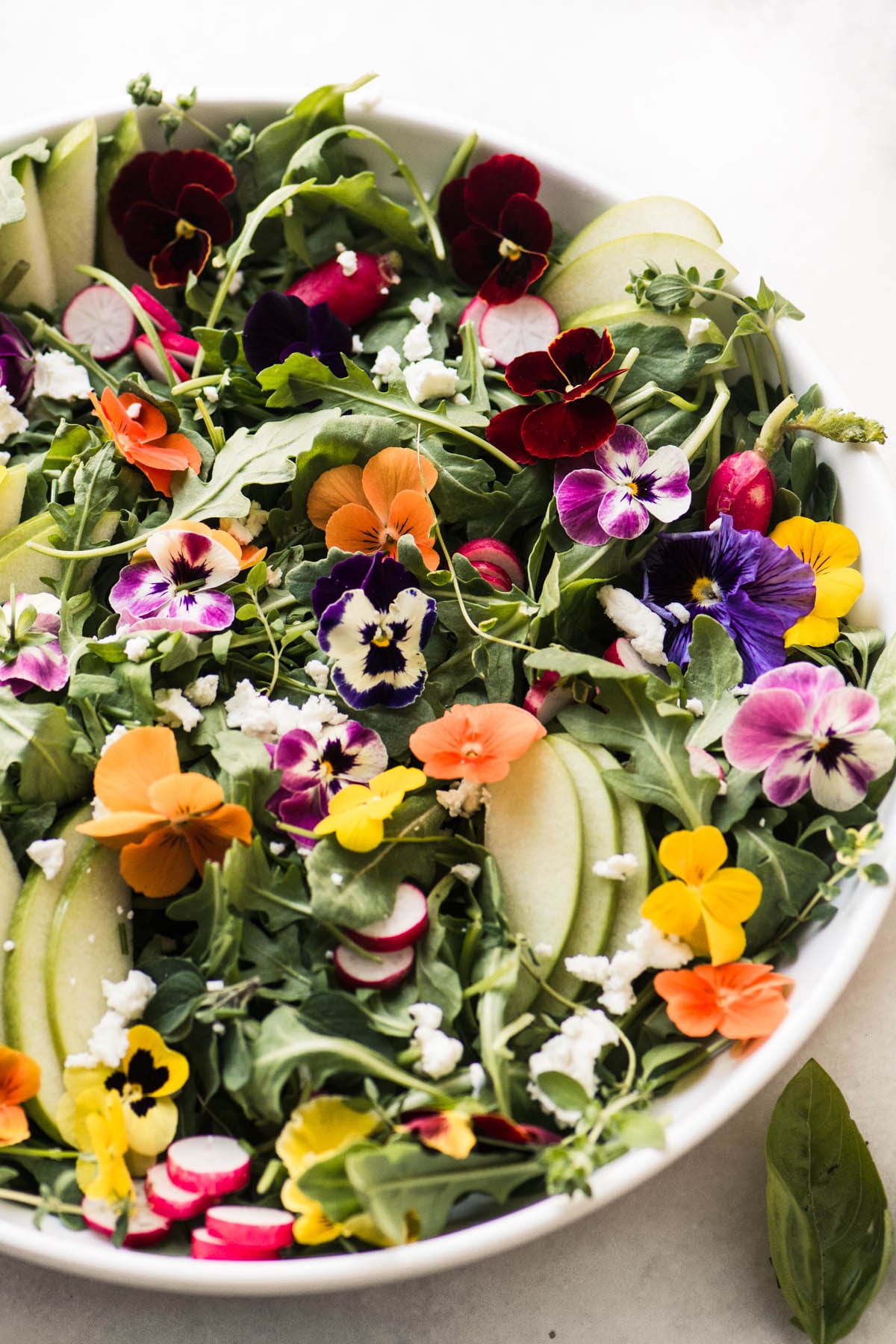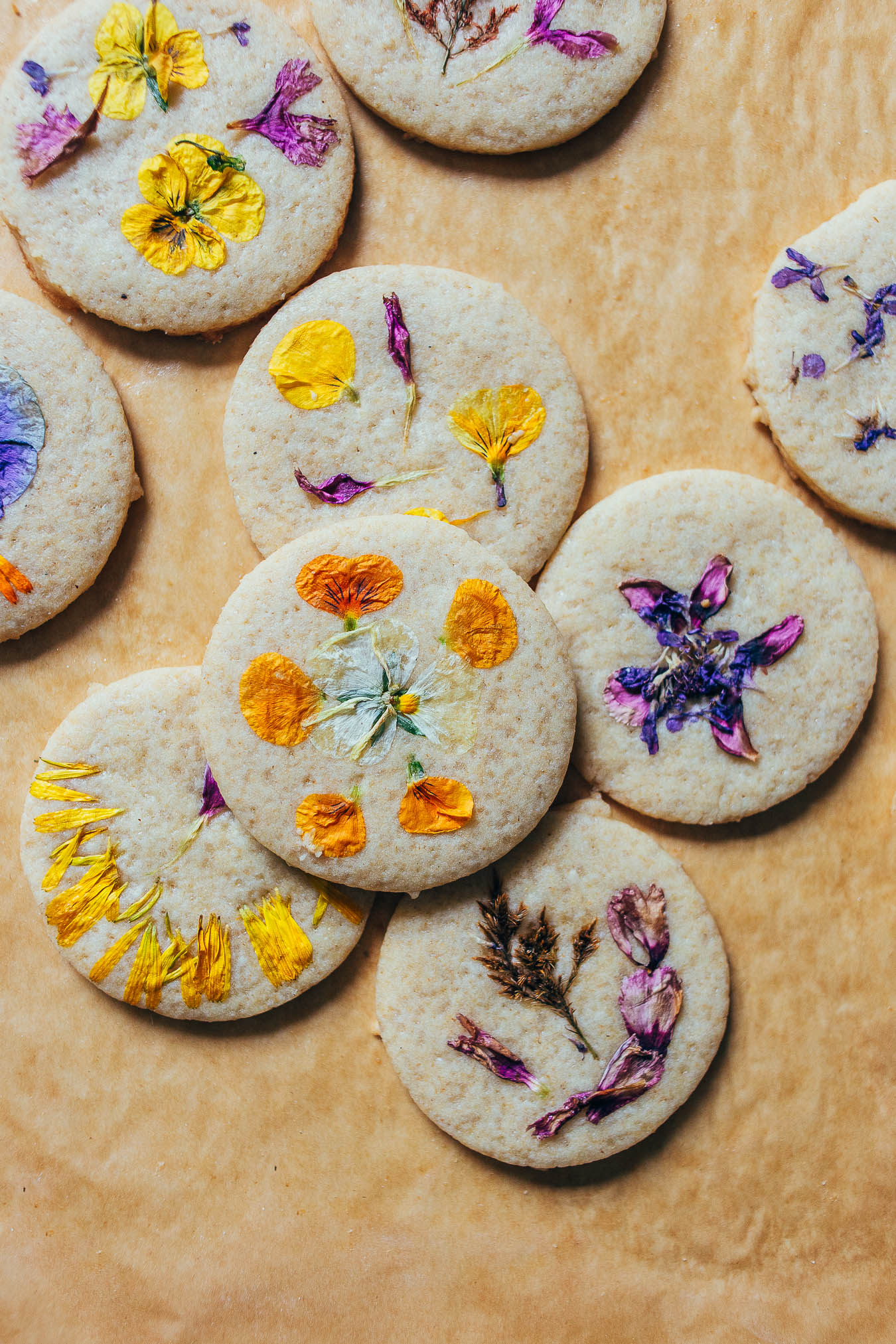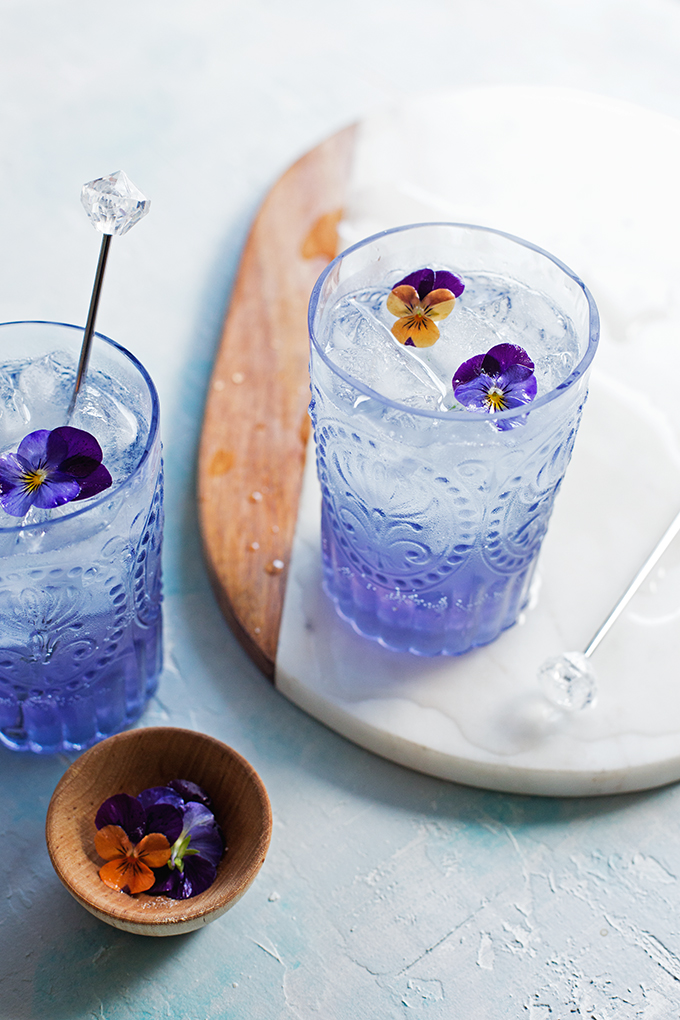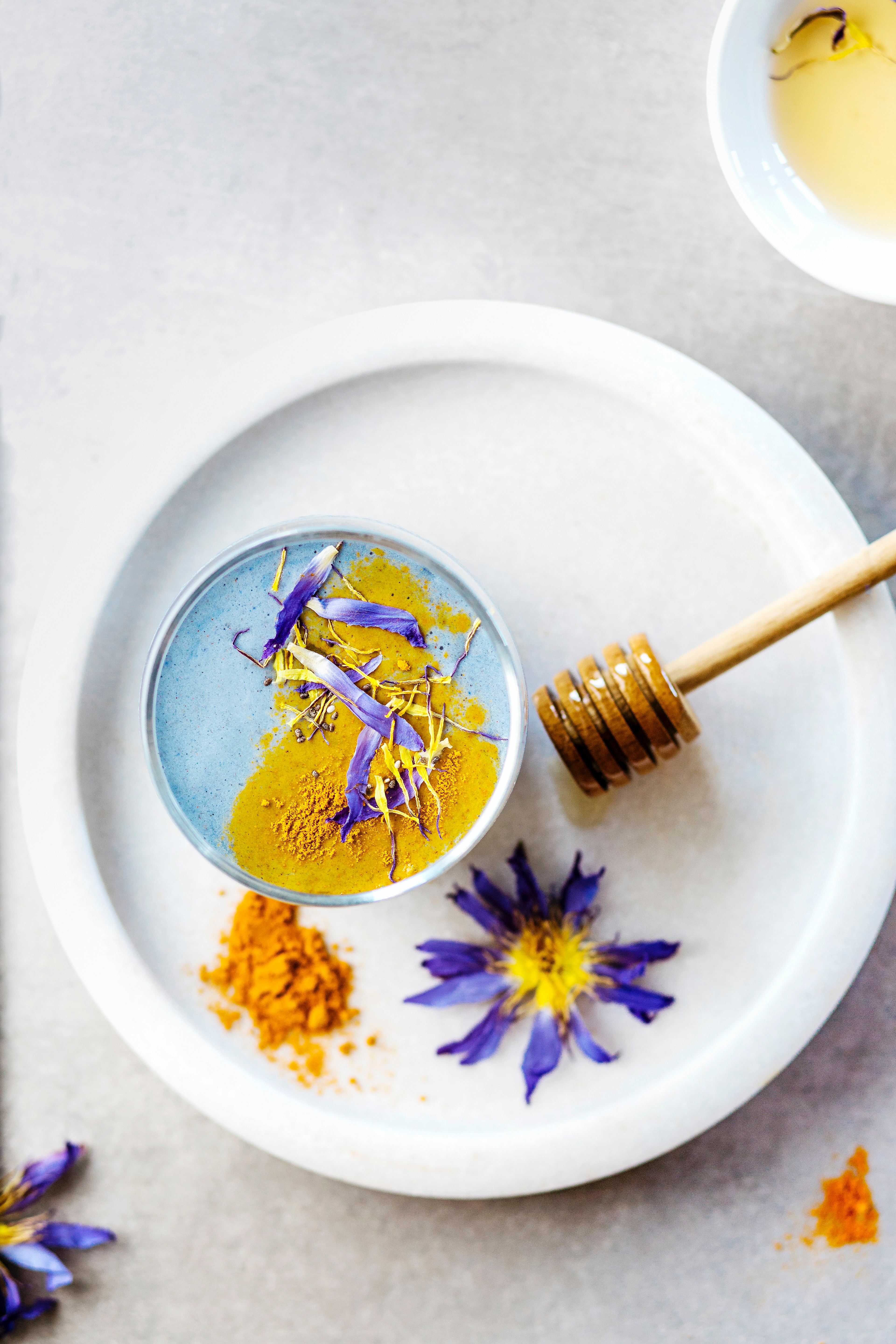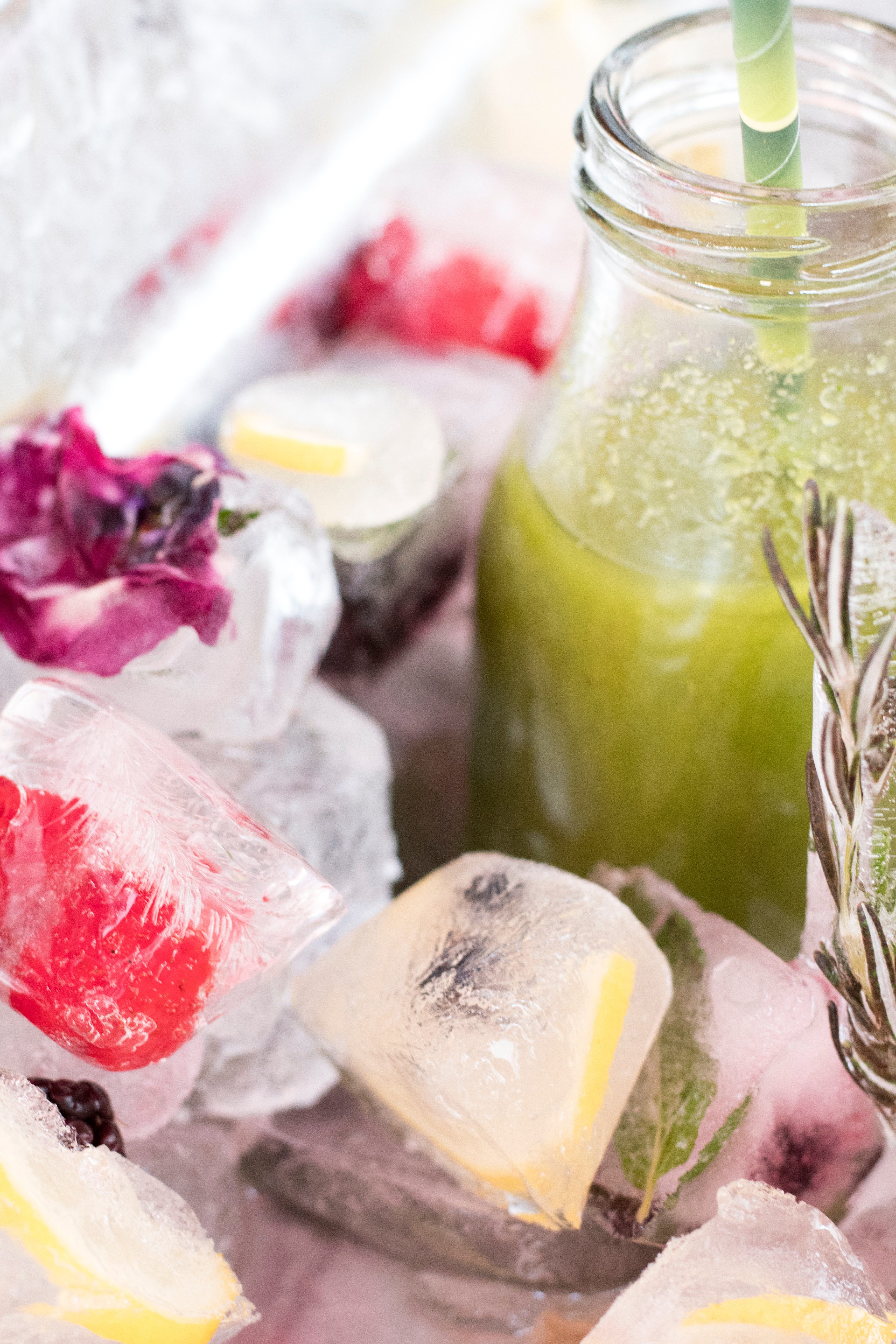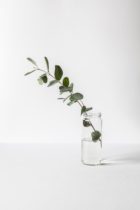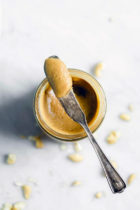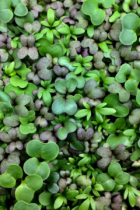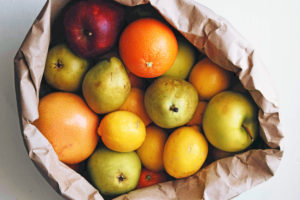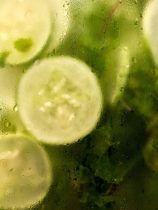Spring is here, and we’re seeing blooms everywhere — including on our food!
Floral flavours were a major food trend last year, and continue to be in 2019 as well. Edible flowers effortlessly transform any ordinary meal into something that looks and feels truly ‘gourmet,’ so it’s no wonder that chefs and restaurants across the world utilise them for the “wow factor.”
With their vibrant colours and fragrance, edible flowers are popping up as garnishes in drinks, desserts, and salads, but they’re more than just eye candy. These delicate blooms often add texture and flavour to a dish, and more and more chefs across the world are experimenting with it, cooking it in interesting ways to complement the main dish.
Edible flowers are able to make any meal look delicious, and using them at home is a great way to make your food look beautiful and Instagram-worthy, and sure to wow any guests that you’re hosting.
Read on for more on how to use edible flowers and ways in which you can use them in your creations.
Notes on using edible flowers:
~ Always buy edible flowers fresh from the farmer’s market, or grow them yourself. When buying, make sure they’re coming from a credible source, and are grown organically. It’s really important that the flowers you’re consuming are free from sprays and pesticides. Never, ever pick flowers from the road side or random parks, as they might contain residues from pesticides that are harmful for human consumption.
~ Before using the flowers, shake any excess dirt off them and wash properly.
The best way is to dunk them in a bowl of iced water, and let them air dry on a paper lined tray. Use the flowers immediately, or store in the refrigerator in an airtight container upto 1 week.
~ Also, it’s good to know that not all parts of the flower are edible. Remove the stems, inner pistils, and stamens.
~ For sturdier flowers, you can remove the petals and just use them. For smaller, delicate flowers, use the entire thing.
~ If you’re not going to be using the flowers fresh, another option is to dry them. Follow the same process for cleaning and preparing the flowers. Arrange them on a lined baking sheet or tray, and let them air dry for about a week. Keep in mind that as the petals dry up, they lose a lot of volume. Even if you’re starting out with what seems like a lot of flowers, you’re going to end up with a lot less.
A word of caution:
Not every flower is edible, and some in fact can be poisonous too. Not all parts of the flower are edible, so it’s very important to correctly identify which flower you’re cooking with and only eat the edible parts. Some varieties are best avoided for people prone to asthma, allergies, hay fever; or are pregnant/nursing. There are tons of resources online, read them here, and here.
A few popular edible flowers and how to use them:
Nasturtium
One of the most popularly used flowers in cooking, nasturtiums are slightly spicy and peppery in flavour. The flavour notes are similar to that of watercress or arugula, and so it works well in dishes that could do with a hint of pepperiness. It’s often used in salads, buddha bowls, open faced sandwiches, and to garnish cheese and appetiser platters.
Borage
Borage has a cool, crisp, slightly bitter taste; similar to cucumber. It’s a great flower for garnishing refreshing drinks with — think gin or vodka based cocktails. It pairs well with strawberries too.
Hibiscus
The deep cranberry like colour and citrusy floral notes make hibiscus a popular choice. It’s great as a drink or dessert garnish; dried petals can be used to brew tea (and make iced tea), flavour kombucha, or used to make syrup for sweetening cocktails with.
Lavender
Sweet and perfumed, lavender buds are most commonly used in desserts. They make excellent infused teas and beverages; and to make jams, jellies, and syrups as well.
Pansies and Violas
Known for their gorgeous hues, these flowers are used primarily as a garnish to provide bright pops of colour. Use them as a topping for salads, buddha bowls, or on open sandwiches; or on ice-creams, cakes, and drinks.
Rose
Another popular choice, roses have been used in food in many cultures across the world. Different varieties of roses have slightly different flavours. The most common uses are to make infused beverages and teas; but it can be used in a host of other ways — syrups, jellies, jams (like the Indian gulkand which is a sweet rose petal jam), rosewater, or simply used as a garnish for drinks and desserts.
Alliums
Flowers of the allium family — garlic, onion, chive, leeks — are flavourful and edible. They have the more concentrated flavour of the allium, and are wonderful in savoury recipes or breads.
Herbs
Herbs like basil, mint, oregano, cilantro, rosemary, sage all have flowers that are edible; their flavour being a milder version of the flavour in the leaves. Use them in recipes where the herb would match well.
Banana flowers
Banana flowers can also be cooked with and used in curries, stir fries, and soups, and quite common in regional Indian cooking. They have a delicate flavour, and is not super banana-like. When using banana blossoms, the tough outer husks are removed and only the tender inner petals are used.
Squash flowers
Zucchini blossoms and pumpkin flowers are both edible; and since they are slightly sturdier, you can actually cook with them. Try stuffing them with mozzarella cheese, coating them in beer batter and frying — stuffed zucchini flowers is a popular snack in Rome, and it tastes delicious!
Ready to take your spring and summer soirées to the next level and looking for inspiration?
Here are some gorgeous ideas on how to use edible flowers in your kitchen.
Make it pretty
Decorate cakes and desserts with pretty blooms — it’s the easiest way to make even a simple chocolate or vanilla cake look beautiful, like it came from a fancy bakery.
Garnish everything
Garnish desserts with delicate blooms, but stick to light and cold desserts. For example, a tart works much better than a pie, popsicles or ice-cream is better than a molten chocolate cake, or anything with a warm sauce.
Toss it Up
Add edible flowers to salads and buddha bowls. Here you can use them as a garnish for adding pops of colour, or even think about the flavours of the flowers themselves. For example, use something alliums or nasturtiums in salads that will taste good with a spicy, peppery hint.
Bake with blooms
Bake with pressed edible flowers: use pretty petals to make sugar cookies, or use alliums and herb flowers when baking savoury breads.
Infuse your preserves
~ Infuse jams, syrups and honey with edible flowers. Try: lavender infused honey, served as a part of a cheeseboard.
Sip on it
~ Use it in beverages, both hot and iced. Try: Lavender lattes, dried rose petals on dreamy moon milk, hibiscus iced tea, elderflower or borage cocktails.
Make floral ice
Freeze edible flowers into ice cubes and instantly transform iced beverages during the summer. Pro tip: Freeze rose petals with rose water and use it as a toner all over your face in the morning — instantly reduces any puffiness and inflammation, while making your skin feel hydrated.
How do you like to use edible flowers?
Let us know: leave a comment, or tag @sprigandvine.in on your photos on Facebook and Instagram with the hashtag #goodfoodpractices

